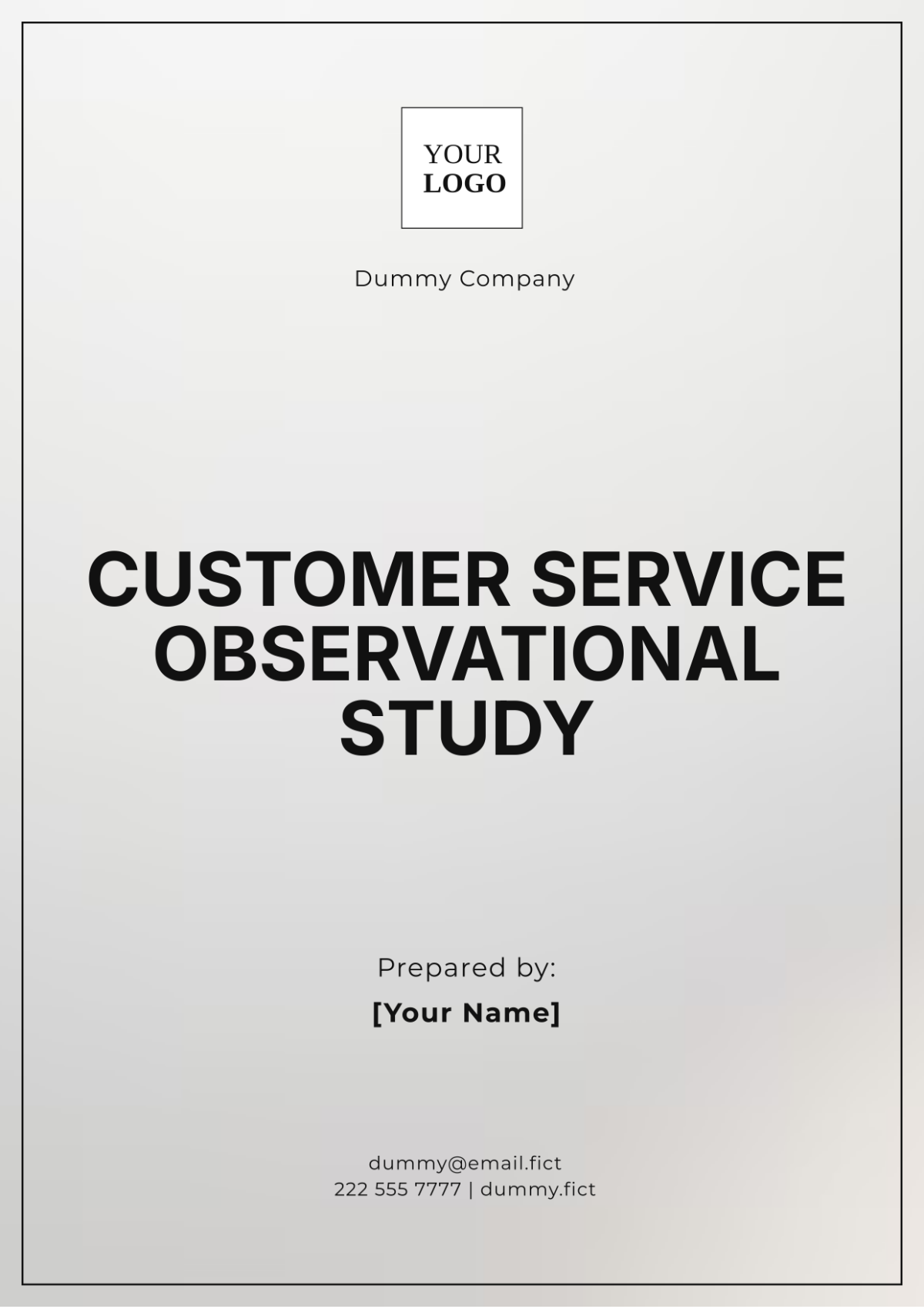Free Simple Keyword Research Template
Keyword Research
Prepared by: [YOUR NAME]
Overview
This report provides an analysis of selected keywords relevant to content creation. It aims to guide you in optimizing your content strategy, improving visibility, and engaging your target audience effectively.
Keywords Overview
Here is a table of selected keywords that are pertinent to content creation:
Keyword | Search Volume | Competition | CPC (Cost Per Click) | Relevance Score |
|---|---|---|---|---|
Content Marketing Tips | 15,000 | Medium | $2.50 | 85% |
SEO Content Strategies | 12,000 | High | $3.00 | 90% |
Blog Post Ideas | 9,000 | Low | $1.80 | 75% |
Keyword Research Tools | 7,500 | Medium | $2.20 | 80% |
Effective Writing Techniques | 5,000 | Low | $1.50 | 70% |
Content Creation Tips | 4,500 | High | $2.80 | 85% |
Digital Marketing Trends | 3,000 | Medium | $2.00 | 78% |
SEO Writing Guide | 2,500 | Low | $1.70 | 72% |
Engaging Content Ideas | 1,800 | High | $3.20 | 88% |
Analysis
Search Volume: Indicates the average number of searches for a keyword per month. Higher search volumes suggest greater interest and potential traffic.
Competition: Represents how many other content creators or advertisers are targeting the keyword. Lower competition typically means easier ranking opportunities.
CPC (Cost Per Click): Shows the average cost advertisers pay for each click on their ad triggered by the keyword. Higher CPC can indicate higher commercial intent.
Relevance Score: Reflects how closely the keyword aligns with the content topic or business goals. A higher score indicates better alignment with your content strategy.
Recommendations
Prioritize High-Relevance Keywords: Focus on keywords with high relevance scores to ensure your content closely matches the interests of your audience.
Balance Search Volume and Competition: Aim for a mix of high and medium competition keywords to balance potential traffic and ease of ranking.
Optimize Content for Selected Keywords: Incorporate these keywords naturally into your titles, headers, and body content to improve SEO and engagement.
Monitor CPC Trends: Keep an eye on CPC trends to adjust your advertising strategies and budget allocation effectively.
Content Strategy Tips
Keyword Placement: Use primary keywords in your title, meta descriptions, and introductory paragraphs. Place secondary keywords in subheadings and throughout the content.
Content Quality: Ensure that your content provides value, answers user queries, and maintains high readability to retain audience interest.
Competitor Analysis: Research how competitors are using these keywords to identify gaps and opportunities in your content strategy.
Common Pitfalls to Avoid
Keyword Stuffing: Avoid overloading your content with keywords, which can lead to penalties from search engines and reduce readability.
Ignoring User Intent: Focus not just on keywords but on the intent behind searches. Create content that addresses user needs and queries.
Neglecting Updates: Regularly update your content and keywords based on evolving trends and search patterns to maintain relevance.
Next Steps
Implement Keywords: Start incorporating the identified keywords into your content strategy.
Track Performance: Use analytics tools to monitor the performance of your content and keywords.
Adjust Strategy: Based on performance data, adjust your content and keyword strategy to optimize results.
Contact Information
For further inquiries or assistance, please contact:
Prepared by: [YOUR NAME]
Company Name: [YOUR COMPANY NAME]
Email: [YOUR EMAIL]
This report is based on data as of August 22, 2050. For ongoing updates and additional insights, please reach out using the contact details provided.

















































